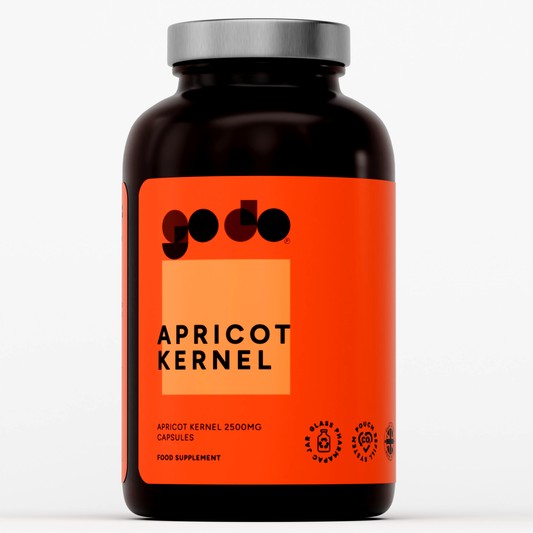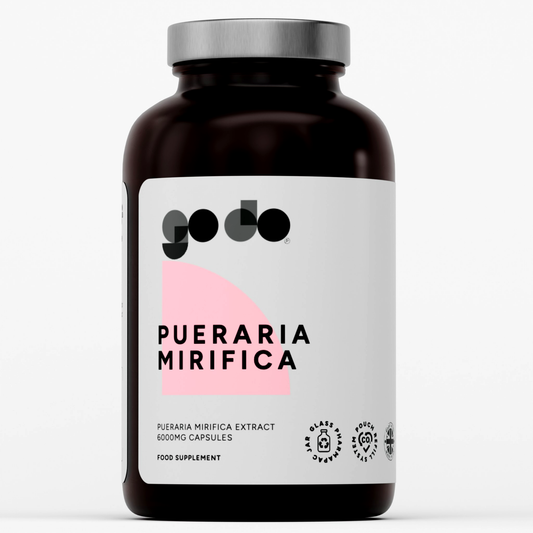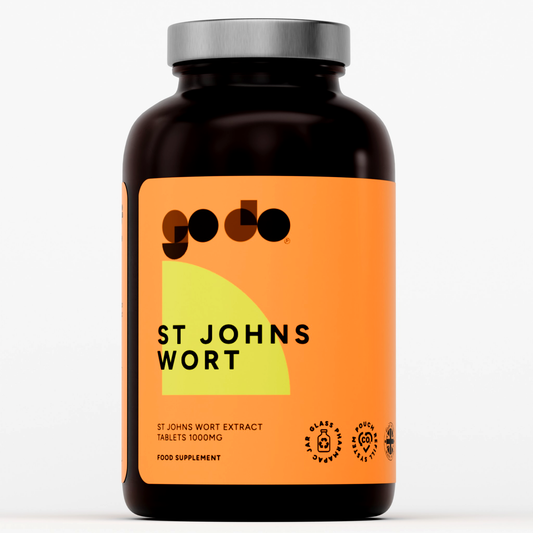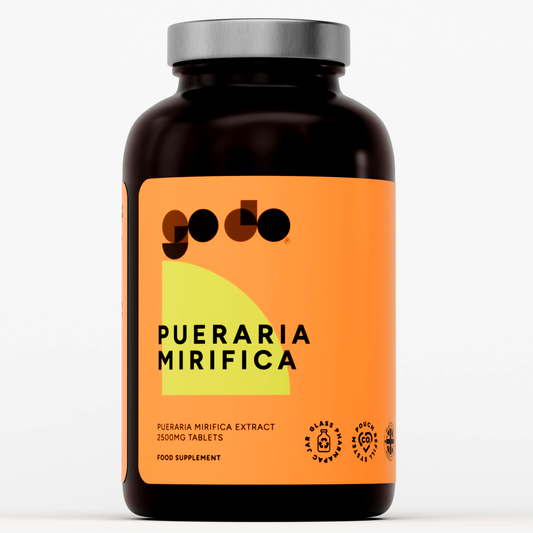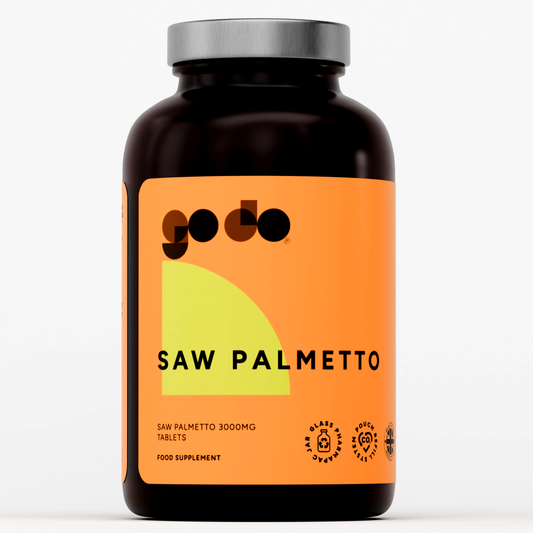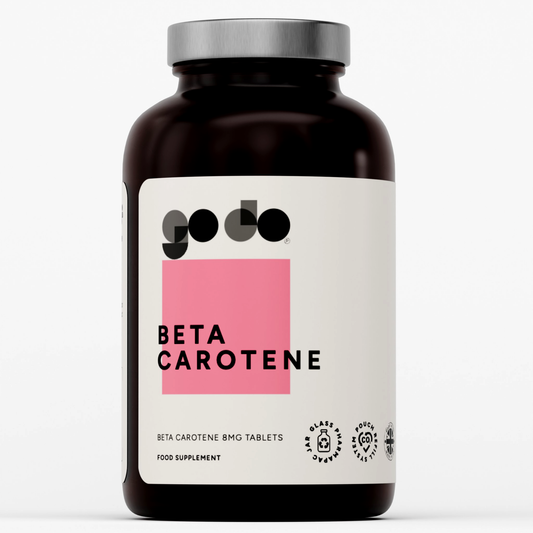
One of the reasons diets fail is because they limit the quantity of food you are able to eat. This leaves you feeling deprived and restricted, which eventually makes you cave in and eat everything around you.
But what if there were a diet that allowed you to eat greater quantities of food and still lose weight? There is and it is called the volumetrics diet.
The Basics of Volumetrics
This particular eating plan was developed by Dr. Barbara Rolls and it focuses on providing your body quality food versus quantity. Essentially, the volumetrics diet helps you pick foods you can eat in larger amounts so that you can experience being full without sacrificing your weight loss goals to do it.
The volumetrics diet separates food types into four distinct categories based on their “energy density” and water make-up. They are:
- Category #1: These are the foods that you can eat in unlimited quantities and includes vegetables that aren’t starchy (like tomatoes, mushrooms, and broccoli) and fruit. Also in this category are soups that are broth-based and nonfat milk.
- Category #2: The second category of foods is not as energy dense and, therefore, should be eaten with more consideration. This includes starchy fruits and veggies, whole wheat pasta and rice, beans, low-fat meat, and dairy products that are also low in fat.
- Category #3: Foods in this category are more energy dense should be eaten in smaller amounts. What foods does this cover? Think meat, bread, dessert, and full-fat dairy items.
- Category #4: This fourth and final category covers foods that should be eaten very occasionally, such as fried foods, cookies, nuts, and chocolate.
According to the volumetrics diet, you should eat three meals and two snacks. It also allows one dessert daily, which is good news if you have a sweet tooth that often derails your weight loss intentions.
What do you think of the volumetrics diet? Have you ever tried it? If so, what did/do you think of it?


